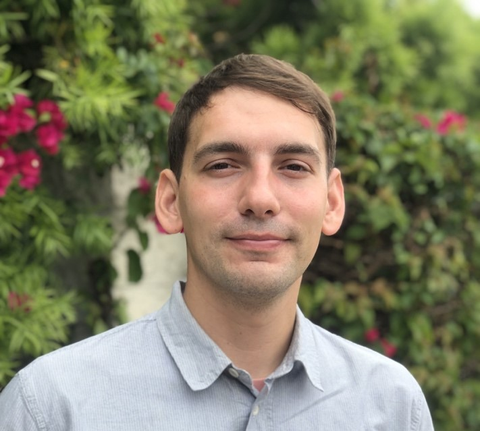13.05.2024
The private lives of lipids: imaging membrane composition in cells & deciphering its adaption to the extremes of the deep-sea
Abstract:
Lipid composition varies widely at all biological scales and directly controls the
physicochemical properties of cell membranes. I will present two recent studies that
advance our understanding of membrane chemical heterogeneity and the selective
pressures that could drive it. First, I will describe a new chemogenetic approach that
allows for spatially defined imaging of metabolically labeled lipid pools. Using this tool,
we can characterize the role of lipid transport proteins that act at membrane contact
sites and measure the asymmetry of intracellular membranes. In the second, I will show
how the shape of lipid molecules – described by their spontaneous curvature – is a
biophysical parameter that has driven adaptations in phospholipid chemistry. A wide-
ranging investigation into the membranes of marine invertebrates led us to discover
how the hydrostatic pressure of the deep sea acts on spontaneous curvature and, in
turn, how lipid metabolism must maintain this property.
Dr. Itay Budin is an Assistant Professor in the Departments of Chemistry & Biochemistry and Bioengineering at UCSD. Trained as a biophysicist, his lab investigates the interplay between lipid chemistry and cell membrane function. Dr. Budin received his PhD from Harvard University and carried out postdoctoral studies as a Miller Fellow at UC Berkeley. He is the recipient of the Walter Shaw Young Investigator Award in lipid biology from the American Society for Biochemistry and Molecular Biology and early career awards from the National Science Foundation and US Department of Energy.

